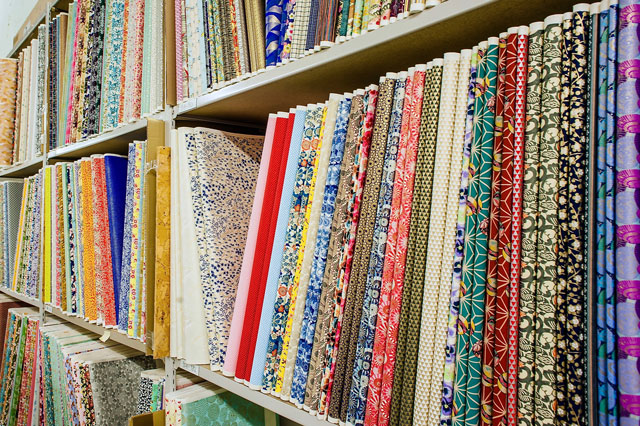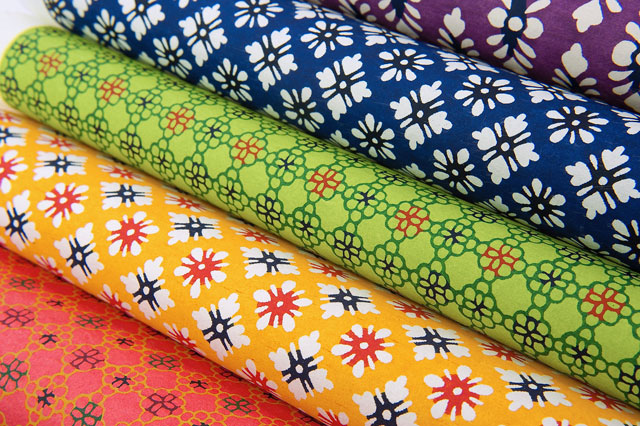Chiyogami VS Katazome-shi
2021 Dec 27th
How are Chiyogami and Katazome-shi Different?
For many people,
chiyogami is what comes to mind when Japanese paper is mentioned. The vibrant colours, detailed designs, and sheen of gold, silver, or copper, are characteristic of chiyogami. The lacquer-based ink is applied by hand using screen printing techniques.
Several screens, one for each colour, are used to create the patterns. Beneath the pattern, the paper used is machine made and is composed primarily of wood pulp with a small percentage of recycled material. Originally used to make small paper dolls, chiyogami is both supple and tough, making it an excellent choice for covering boxes, bookbinding, origami, and other similar activities.

Katazome-shi patterns are inspired by the garment trade, particularly kimono fabric. These patterns are printed using a starch-resist and stencil-printing method with soy-based inks. Using a technique originally developed in Kyoto centuries ago for printing kimono fabric, hand cut stencils were made from persimmon-dyed "katagami" stencil paper.
In fact, the word "katazome" means "stencil-dyed". Each colour is applied by hand onto a kozo-sulphite mix, handmade paper. The techniques and materials used ensure the ink is absorbed deeply into the fibres of the paper for long-lasting colour.
Katazome-shi's rich colours and the quality of the printed sheets is cloth-like in many ways. This paper is an excellent choice for covering books, boxes, lampshades, and collage.

With both chiyogami and katazome-shi, you will see the full sheets bordered by an unprinted margin of plain paper. The outside dimensions may vary from studio to studio, but the printed area is always at least 24 x 36" / 610 x 914mm. If you are ever in doubt about whether the paper you have is chiyogami or katazome-shi, remember that most chiyogami include a metallic highlight and the edges of the sheet will be cut, while katazome-shi never features metallic ink and the edges of the sheet will have a deckle.

